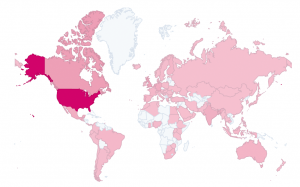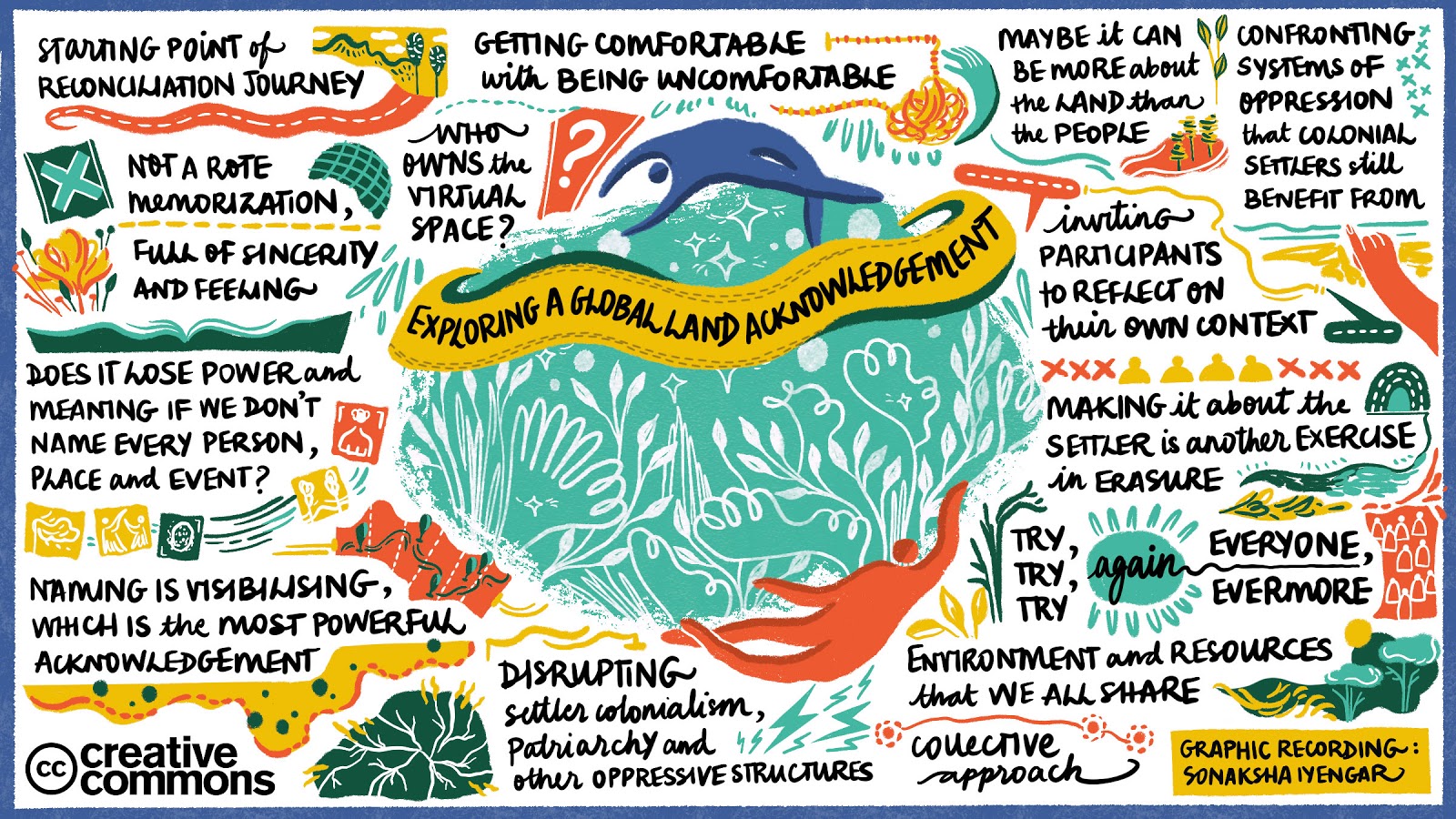It’s Been a (Good) Year for Open GLAM. Here’s Why.
jeudi 19 novembre 2020 à 17:33Generally speaking, 2020 hasn’t been a great year. That’s obvious. But we’re not here to focus on the awful things that have happened (and are still happening) this year. Instead, we’re here to tell you a good news story about 2020: a story about collaboration, innovation, and creativity. A story about the present and the future of open access to cultural heritage.
This year started with a major accomplishment for open GLAM (galleries, libraries, archives, and museums) advocates. After years of collaborative efforts from members of the Creative Commons team, the CC Global Network, the Wikimedia Foundation, and more, the Smithsonian released over 2.8 million digital 2D and 3D images and nearly two centuries of data into the public domain using Creative Commons Zero (CC0). This new initiative, Smithsonian Open Access, followed previous releases across big and small institutions, as Effie Kapsalis (Smithsonian) outlined in the 2016 report that accompanied her advocacy efforts.
You’re not dreaming.
The @smithsonian really did just release *2.8 million images and nearly two centuries of data* (
) into the public domain using CC0! #SmithsonianOpenAccess https://t.co/Uk0IzSU2oh
— Creative Commons (@creativecommons) February 25, 2020
<script async src="https://platform.twitter.com/widgets.js" charset="utf-8">
If this was any other year, the Smithsonian’s announcement alone would’ve propelled us happily into 2021. It’s a huge, exciting win! But this isn’t just any other year…take a look at this timeline:
- 27 February: The Smithsonian announces Smithsonian Open Access
- 11 March: The World Health Organization declares the COVID-19 outbreak a pandemic
- 3 April: Euronews reports that more than 50% of the world’s population is under a lockdown order
The rapid pace of change at the start of the COVID-19 pandemic was quite remarkable—and the challenges for GLAM institutions were immediate.
Open GLAM in 2020: challenges and opportunities
Early on in the pandemic, the open GLAM community quickly realized that this would have a significant impact on GLAM institutions, especially financially. In a May report, the International Council on Museums (ICOM) found that “nearly one-third of them [GLAM institutions] will reduce staff, and more than one-tenth may be forced to close permanently” due to forced closures and a reduction in ticket sales. Closures due to the pandemic have particularly affected institutions in African, Asian and the Arab countries. Many institutions across the world have since been forced to layoff large swaths of their staff and cut programs.
The GLAM community also recognized that the pandemic would disrupt millions of children and young adults’ education and bar access to cultural heritage, amplifying existing inequalities and inequities. ICOM acknowledged, “We are aware that this is not simply a matter of keeping our institutions alive but also of mobilising their efforts and capacities to support community resilience and an effective recovery.” Over time, it’s become clear that this global challenge will have ripple effects for years, if not decades, to come. In response, Douglas McCarthy (Europeana) and Dr. Andrea Wallace (University of Exeter) made the case for open access:
“Providing open access to digital collections transfers significant power from institutions to the public they exist to serve. As the Covid-19 pandemic progresses, it has never been more vital for museums to explore how they can make new connections with audiences and support creators, educators, scholars and innovators working through this difficult time.”
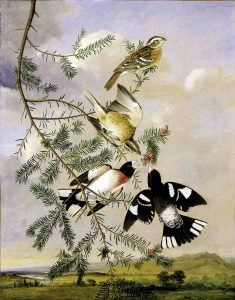
In their report, ICOM found that digital communication activities “increased for at least 15 % of the museums, and in particular social media activities increased for more than half of the museums” surveyed. GLAMs that were already deeply committed to open access were able to respond quickly and creatively to the challenge presented by the pandemic. The Getty Museum, for example, launched the Getty Museum Challenge, a digital challenge to recreate public domain works with household items. The images sent from across the world were eventually compiled into a book entitled, Off the Walls: Inspired Re-Creations of Iconic Artworks, with all profits going to Artist Relief.
Of course, not everything that happened this year in open GLAM is a direct result of the COVID-19 pandemic. Many open access initiatives and projects were in-progress before any of us even knew what a “coronavirus” was. In fact, the following GLAM institutions adopted open access policies this year, effectively releasing millions of cultural artefacts to the public. These include Archives of Ontario, Petit Palais, Augustinermuseum, Museum für Neue Kunst, Museum Natur und Mensch, DAG Museums, Biblioteca Nacional de España, Anacostia Community Museum, and Wien Museum. However, the impact of this tragic and challenging moment on the movement can’t be understated: It has created a sense of urgency that has historically only been felt during human-made or natural disasters. While GLAM institutions have been implementing and benefiting from open access policies for over a decade, generating goodwill and recognition from the public and enhancing their missions and relevance for 21st-century audiences, the pandemic has shown how vital it is that institutions become “open.” This has set a new norm for GLAM.
The impact of this tragic and challenging moment on the movement can’t be understated: It has created a sense of urgency that has historically only been felt during human-made or natural disasters.
If there’s one thing we can count on as we continue to live and work in a state of uncertainty, it’s that more and more cultural institutions will choose to go “open.” CC’s Sarah Pearson expressed this idea during an Open GLAM webinar in March, stating, “This will have ripple effects and increase people’s willingness to share more broadly, whether it is with CC licensing or not.”
What about Open GLAM at Creative Commons?
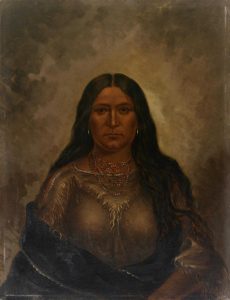
There are, of course, more challenges ahead and questions to answer. For example, the majority of the GLAM workforce is still predominantly white, and issues of racial justice and equity are still hard to bring to the table. Colonialist practices extend to the digital realm, continuing to do harm to communities that have seen their heritage despoiled. That also includes Indigenous cultural heritage, as CC’s Brigitte Vézina and Alexis Muscat wrote in August, “Existing copyright law, steeped in Western concepts and values, does not adequately protect Indigenous traditional cultural expressions, nor does it sufficiently reflect or account for Indigenous cultural values.”
Open GLAM is not only about sharing cultural heritage by respecting copyright law, but also how to do it more responsibly, collaboratively, and equitably. At Creative Commons, we hope to help find solutions to these emerging and growing challenges through our Open GLAM work. Here’s a brief overview of what we’ve been working on:
- CC GLAM Certificate—we’re currently in the process of launching the alpha and beta cohorts for the CC Certificate course exclusively for GLAM. Stay tuned for more information in 2021!
- Analysis and commentary—through the CC Blog and elsewhere, we’re excited to share our thoughts, insights, and analysis regarding several issues, such as sharing Indigenous cultural heritage, maintaining open access to public domain materials, etc. (See more here!) We also submitted a position paper to the European Commission on Digital Cultural Heritage.
- Declaration on Open Access for Cultural Heritage—we worked on this document throughout 2019 and 2020, including leading the public consultation process. Details here.
- CC Global Network Open GLAM Platform—the CC Open GLAM Platform is a space to help coordinate efforts to connect and support open access to cultural heritage initiatives. Check out the 2020 winners for the CC Open GLAM Platform Activities Fund here!
- Webinars—through Open GLAM, we hosted webinars on important topics like copyright, OpenGLAM, open access, etc. in partnership with other actors, like Europeana, the Museum Computer Network (summaries here, here, here, and here), and the UNESCO-Bangkok/Memory of the World Committee Asia Pacific (details here).
- Translation sprints—through Open GLAM, we hosted translation sprints, one at the Creative Commons Global Summit (here) and one at the Europeana Conference (here).
- Multilingual content—we supported multilingual stories on the Open GLAM Medium blog (check out this visual!).
- Hack4OpenGLAM—at the 2020 Creative Commons Global Summit, Open GLAM hosted the “Hack4OpenGLAM” workshop for the first time, inviting people to get creative with open access to cultural heritage (full report here). Some highlights available here!
- Is Sharing Always Caring?—we collaborated with the European Fashion Heritage Foundation and the Onassis Foundation on the 2020 symposium exploring issues regarding the tensions between digitizing fashion cultural heritage and remaining mindful and respectful of cultural rights and values. Read the summary here.
 Stay up-to-date on everything we’re doing in open GLAM by following Open GLAM on Medium or signing up for our monthly newsletter!
Stay up-to-date on everything we’re doing in open GLAM by following Open GLAM on Medium or signing up for our monthly newsletter!
To support our open GLAM work, become a donor to Creative Commons. Together, we can unlock and share millions more cultural artefacts with the world—from 3D scans of spacecraft to 19th-century book illustrations!
The post It’s Been a (Good) Year for Open GLAM. Here’s Why. appeared first on Creative Commons.

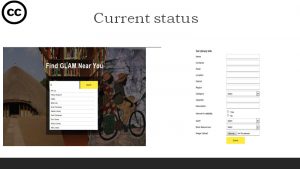
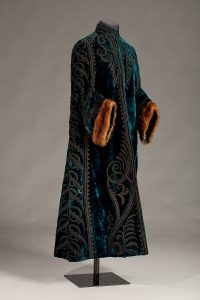
 : Featured image has icons by
: Featured image has icons by 